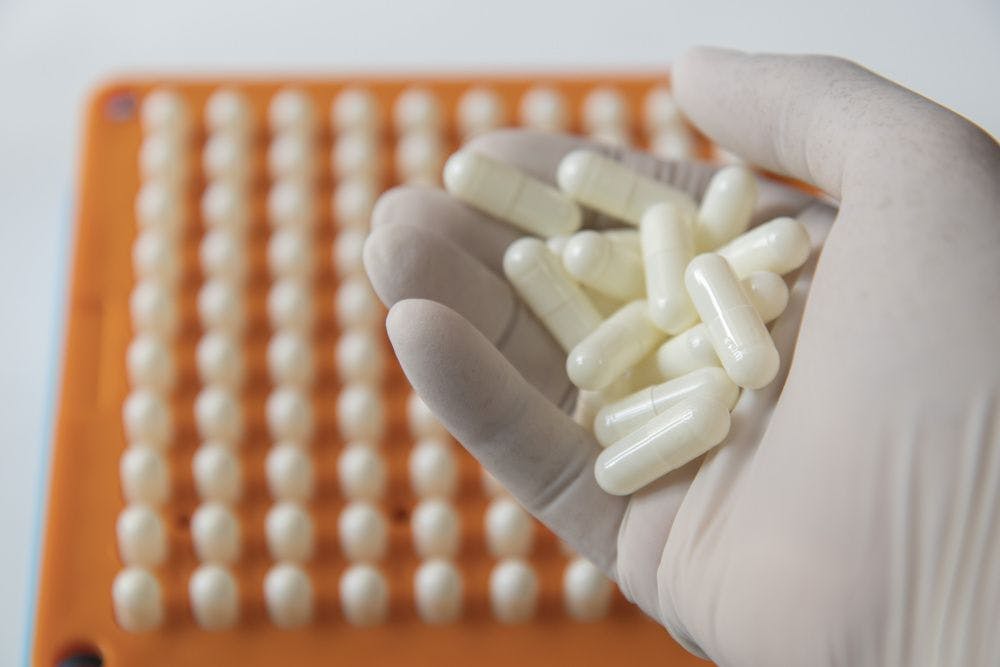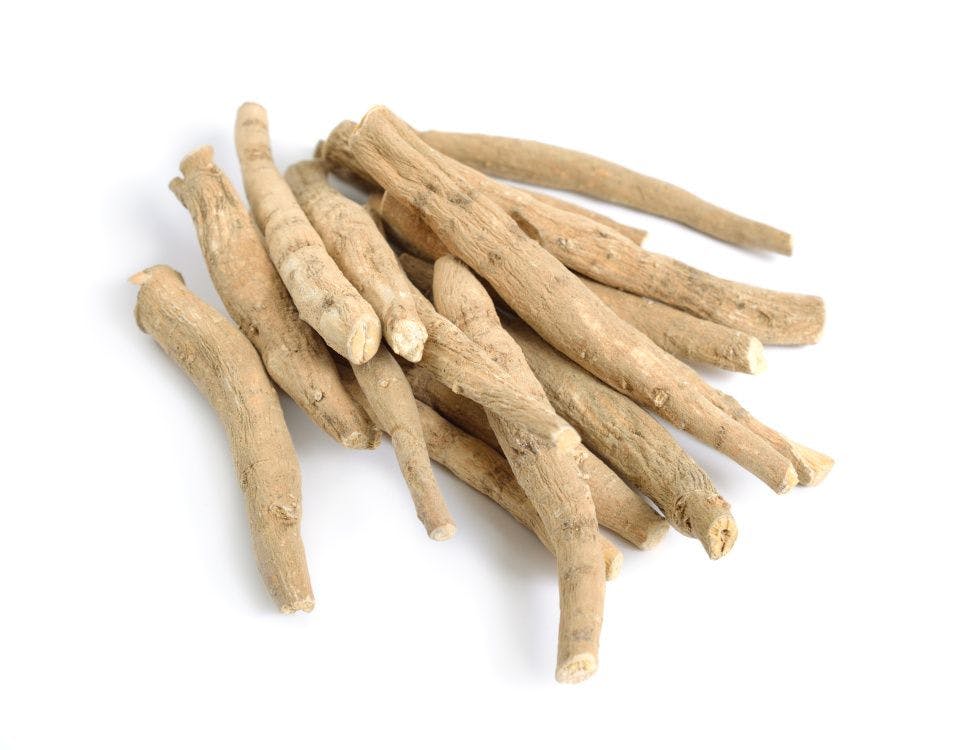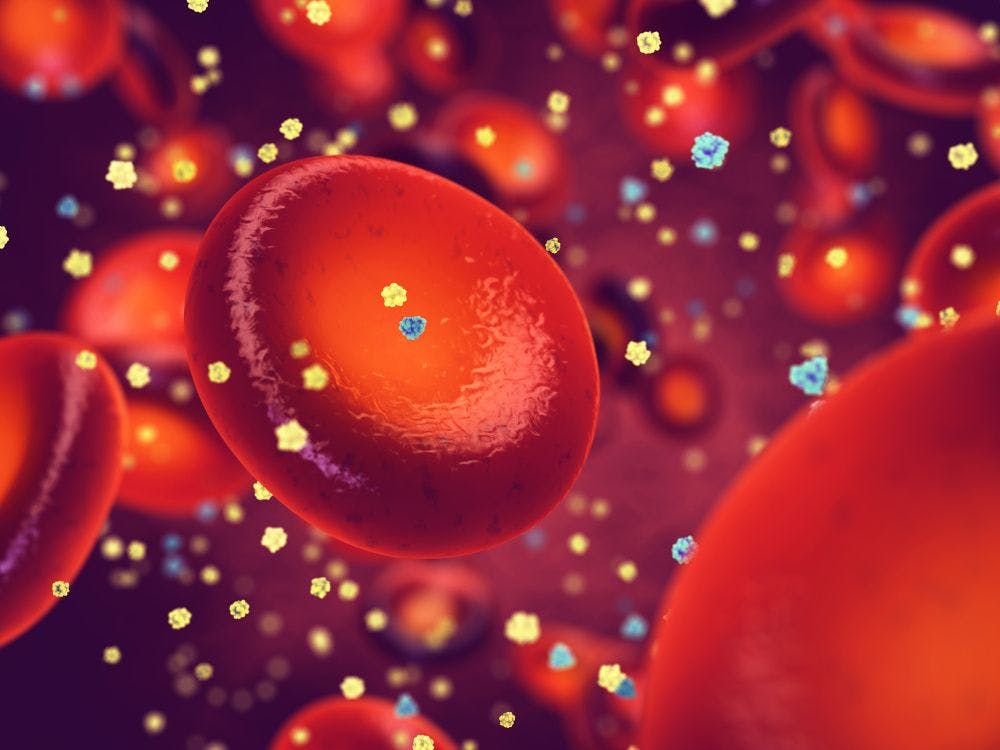Will vitamin C’s drastic growth in 2020 continue this year? 2021 Ingredient trends to watch for food, drinks, and dietary supplements
Vitamin C sales grew drastically in 2020 during the COVID-19 pandemic, thanks to the fact that immune health and vitamin C are practically synonymous. But will this growth sustain in 2021? And what will the supply chain look like for vitamin C in 2021?
PHOTO © BOWONPAT - STOCK.ADOBE.COM
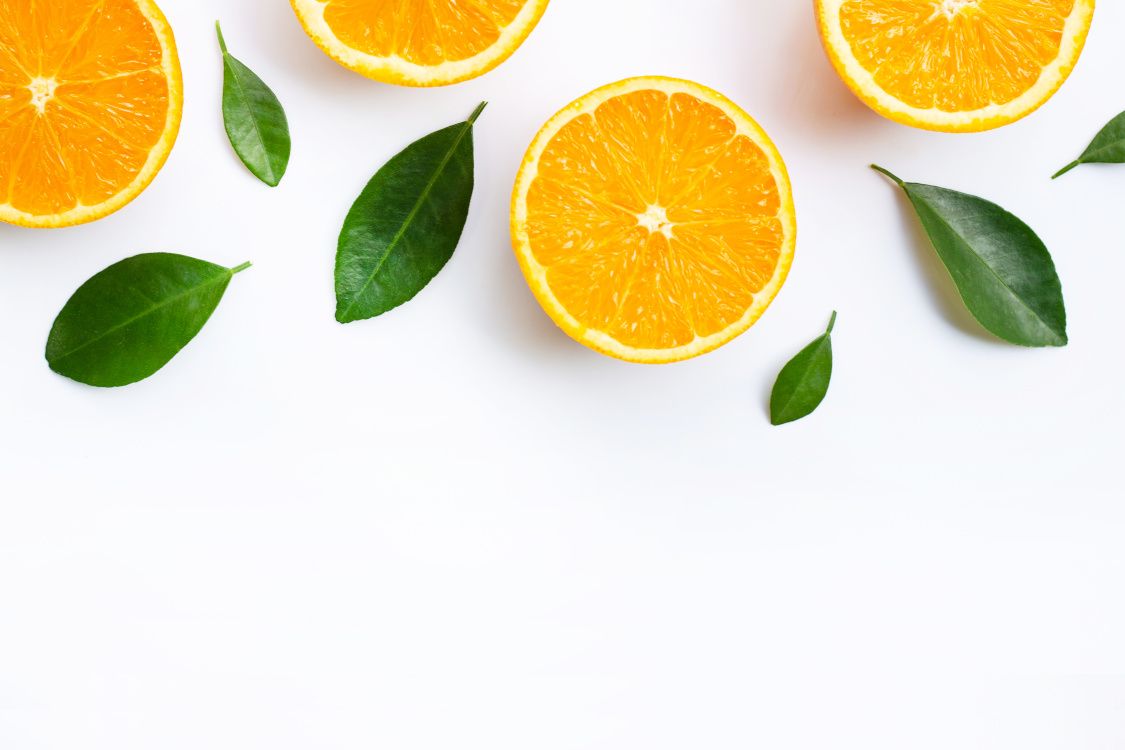
As the immune-health market soared in 2020, vitamin C demand went into overdrive. “The dramatic rise in vitamin C consumption was due largely to COVID-19,” says Tobe Cohen, chief growth officer for Pharmavite. He adds: “Year to date, the vitamin C category has grown almost 70%, and that spike was born out of a reaction to the pandemic.”
Sales reports from 2020 reflect this. According to data provided by SPINS (Chicago) on the U.S. mainstream dietary supplement channel, sales of vitamin C (which does not include sales of the popular patented Ester-C brand of vitamin C) grew 61.8% to $576 million during the 52 weeks ending November 29, 2020. Ester-C sales in the mainstream channel grew 48.9% to $216 million during that time. Meanwhile, in the U.S. natural supplement channel, sales of vitamin C (not Ester-C) grew 70.7% to $44 million during that time, while sales of Ester-C grew 41.5% to $17 million.
Within the U.S. mainstream cold-and-flu category, vitamin C commands nearly twice the level of business (at $408 million) as other ingredients competing in the category, such as elderberry ($223 million), echinacea ($180 million), and zinc ($32 million), among other popular immune-support ingredients.
Shoppers started reaching for vitamin C at the start of the pandemic. For instance, just during what market researcher IRI (Chicago) dubs as the “peak week” of the pandemic, ending March 15, 2020, when consumers began immediately stocking up on supplies, vitamin C dollar sales grew $60.4 million, reported Kristin Hornberger, executive, healthcare, for IRI, during an April 2020 webcast hosted by the Council for Responsible Nutrition (CRN; Washington, DC) and Informa. At the time, she reported, “Immunity-focused brands like Emergen-C and Airborne made significant share gains, attracting new buyers and driving stock-up.” The Emergen-C brand, she said, saw a 244% dollar sales increase in the six weeks ending April 5, 2020, compared to the same period in 2019.
Any item, in fact, that consumers associated with vitamin C was in high demand. At a September 24 webcast hosted by Nutritional Outlook, speaker Joan Driggs, vice president of thought leadership and content for IRI, reported that “anything with vitamin C, including refrigerated juices, the fruit itself—those are also selling at elevated levels.”
A lot of new supplement users began taking vitamin C during the pandemic. “In many ways, vitamin C is the gateway into VMS [vitamins, minerals, and supplements] for new consumers, and they tend to focus almost exclusively on the immune-support benefit of vitamin C because they’re not as aware of the other areas of health it can support,” says Pharmavite’s Cohen.
Existing supplement users also upped their vitamin C game. For instance, a COVID-19–focused survey commissioned by CRN from July 31, 2020, to August 4, 2020, on more than 2000 existing U.S. supplement users found that 44% of supplement users had increased their use of vitamin C.
In CRN’s annual Consumer Survey on Dietary Supplements, conducted on more than 2000 U.S. adults (both supplement users and non-users) on August 27-31, 2020, data showed that 32% of supplement users take supplements for immune health. Moreover, the survey found that vitamin C is far and away the most popular supplement consumers take for immune support, with 61% of those who use supplements for immune health taking vitamin C. According to CRN’s survey, vitamin C usage is high in the U.S., with up to 35% usage, and popular among all age groups: 34% usage by supplement users ages 18-34, 37% usage by ages 35-54, and 34% usage by ages 55+.
Both types of supplement users, new and experienced, are important to the vitamin C market. Pharmavite’s Cohen discusses the two types. “The way consumers interact with vitamin C is a good analogy for the two key consumer types that operate in VMS. You have consumers who want a product that does a specific job for them—think Airborne, Emergen-C, or a vitamin C gummy—and you also have well-versed consumers who want to create their own vitamin and supplement regimens. This consumer tends to be more hands-on and understands their individual needs. When it comes to immune support, they may look for a curated solution that goes beyond just vitamin C to include the full gamut of immune-support nutrients, including vitamins A, E, D, and zinc.”
He points out, “There’s value in creating different types of products that meet the different needs of consumers wherever they are in their health journey.” Luckily, he says, vitamin C is a “versatile” ingredient. It’s water-soluble and works well with many delivery formats, which allows product makers to cater to myriad consumer preferences, whether it be with gummies, powders, or chewables and beyond just pills alone.
As the market dealt with unprecedented demand for vitamin C in 2020, the biggest worry quickly became supply, both in terms of the raw ingredient and finished products to keep retail shelves stocked. For instance, during the April 2020 CRN/Informa webcast, speaker Kathryn Peters, executive vice president at SPINS, reported that vitamin C was one of the ingredients showing the greatest rate of out-of-stocks at the beginning of the pandemic.
Now that we’re out of 2020, supply is stabilizing. Tony Xue, China team general manager at e-commerce platform ingredientsonline.com, reports that back in 2019, oversupply sent vitamin C prices to historic lows. Then, when the pandemic began in 2020 and demand began to rise, prices started increasing. Now, he says, “from a supply standpoint, the major vitamin C factories have stable output.”
Fahad Ali, planner of operations and supply chain for contract manufacturer Lief Labs (Valencia, CA), says as supply stabilized in 2020, prices began leveling out. “Ongoing, [vitamin C’s] demand is continually growing at a consistent pace due to the pandemic. On the supply side, there is a visible change in the market as most of the suppliers are fully stocked and prices are going down with the conventional form of vitamin C. In terms of direct-compressible material, there are still price hikes but not as much as seen in the beginning or mid-2020.” He also notes that there has been major growth in demand for both synthesized and natural vitamin C ingredients.
Factories are still wary of supply imbalance, Xue says. “Right now, the solution is to increase output; however, the factories have been very cautious to avoid an oversupply issue,” he says. He adds: “Occasionally, factories have to stop quoting and hold shipments due to too many inquiries.”
The goal, says Xue, will be keeping the scales even. “Most bulk vitamin C is produced in China, and its supply chain is well-established, from the starting material starch to reaction containers, etc. The question remains how to balance output and demand in the long run, how to keep the market at a level with reasonable profit where the factories can grow, and how to make the production more environmentally friendly”—for instance, reducing reliance on coal burning for vitamin C manufacture.
In terms of the size of the global vitamin C market, Ali says the U.S. leads in vitamin C market share, followed by China and then countries such as Japan, Canada, and Europe. As many dietary supplement ingredients did in 2020, vitamin C faced supply chain bottlenecks due to global lockdowns, limited transportation options, increased transportation costs, and other obstacles.
Says Ali, “Yes, there are still a few supply bottlenecks. The one that has most impact is the logistics time and customs clearance. Due to the shutdowns and limited staff, globally, as a result of the pandemic, there is a huge impact on the transit time of vitamin C. And, because it is used in large quantities, the most economical method of transit is via sea, which is heavily backed up these days.”
Xue agrees. “Export to some countries is not as smooth as before due to vessel availability and port functionality,” he says.
Up to 90% of the global vitamin C supply still comes from China, Ali points out. He says China made adjustments to try to ease the bottlenecks. “Due to the skyrocketing demand in 2020, the Chinese government was softer with the environmental restrictions, and also other countries have stepped in with production, including India and Indonesia, primarily. European countries have also been producing more vitamin C—specifically the UK. So, these factors have helped to alleviate some of the supply-shortage issues.”
Adulteration and false claims are an ongoing concern with such a high-demand ingredient. “There are many adulterated products we have seen during this pandemic, specifically with vitamin C,” Ali says.
For instance, in the U.S. last year, ingredient supplier Sabinsa (East Windsor, NJ) began alerting the industry about companies making claims that amla fruit (Emblica officinalis) is high in vitamin C when it isn’t. Amla ingredients touted as high in vitamin C are likely spiked with vitamin C from other sources, the firm says.1 Not only that, in December, the company alerted both FDA and the FTC about problems with amla, providing test results showing that vitamin C ingredients are being falsely marketed and sold as coming from amla when actually they come from other plants.2 Isotope ratio mass spectrometry (IRMS) is one tool being used to identify extraneously added vitamin C in products and to detect spiking with inexpensive, biosynthetic vitamin C from sources like corn, Sabinsa says.
“When looking at sources for vitamin C, it’s important to make sure claims are accurate and supported by current science,” says Shaheen Majeed, president worldwide, Sabinsa. “For example, decades ago, amla, also called Indian gooseberry, was thought to be a rich source of vitamin C. Subsequent research has proven that to be inaccurate, yet even today there is product on the market claiming to be high in vitamin C from amla, a scientific impossibility without spiking it with vitamin C from another source.”
New product launches will continue to roll out featuring vitamin C. “The global pandemic has spurred further activity in the category,” Ali says. He’s observed more launches featuring acerola fruit as a good vitamin C source. There is also more demand for liposomal vitamin C formulas. And, he says, don’t forget about cosmetics, which continue to tout the skin-health benefits of vitamin C.
Xue adds, “Over the years, different types of vitamin C have been produced, including time-release, varying pH values, oil-soluble, chelate, bonded with minerals, etc.”
Will vitamin C still be an ingredient to watch in 2021? Pharmavite’s Cohen believes so. Although vitamin C demand will continuing leveling out as it started to last year, chances are it will remain higher than it was before the pandemic, as shoppers have made vitamin C part of their new daily regimen.
“I think one long-term change in consumer behavior that we can expect to see is an increase in taking vitamin C more routinely,” Cohen says. “In the past, consumer focus on immunity really centered on the fall and winter months, the traditional time when flu and cold cases are on the rise. The pandemic laid bare the fact that our immune systems are always working to keep us healthy, and we’ve been retraining ourselves to support our immune system more consistently, not just when a certain time of year rolls around.”
He concludes, “[H]abits are hard to break, and consumers have been taking their vitamins—particularly vitamin C—on a daily basis for months now. Once a [COVID-19] vaccine becomes widely available and fears over this health crisis start to diminish, people will more than likely start to loosen the reins on maintaining those daily health regimens—but I don’t envision vitamin C consumption going back to pre-pandemic levels.”
References
- Krawiec S. “Sabinsa putting deceptive amla manufacturers on notice for mischaracterizing vitamin C content.” Nutritional Outlook. Published online June 18, 2020.
- Marrapodi A. “Sabinsa sends FDA and FTC documentation of adulterated amla ingredient.” Nutritional Outlook. Published online December 1, 2020.
2021 Ingredient Trends to Watch for Food, Drinks, and Dietary Supplements:
Vitamin C
Melatonin
Vitamin D
CBD
Elderberry
Mushrooms
Ashwagandha
Multivitamins
Protein
Probiotics
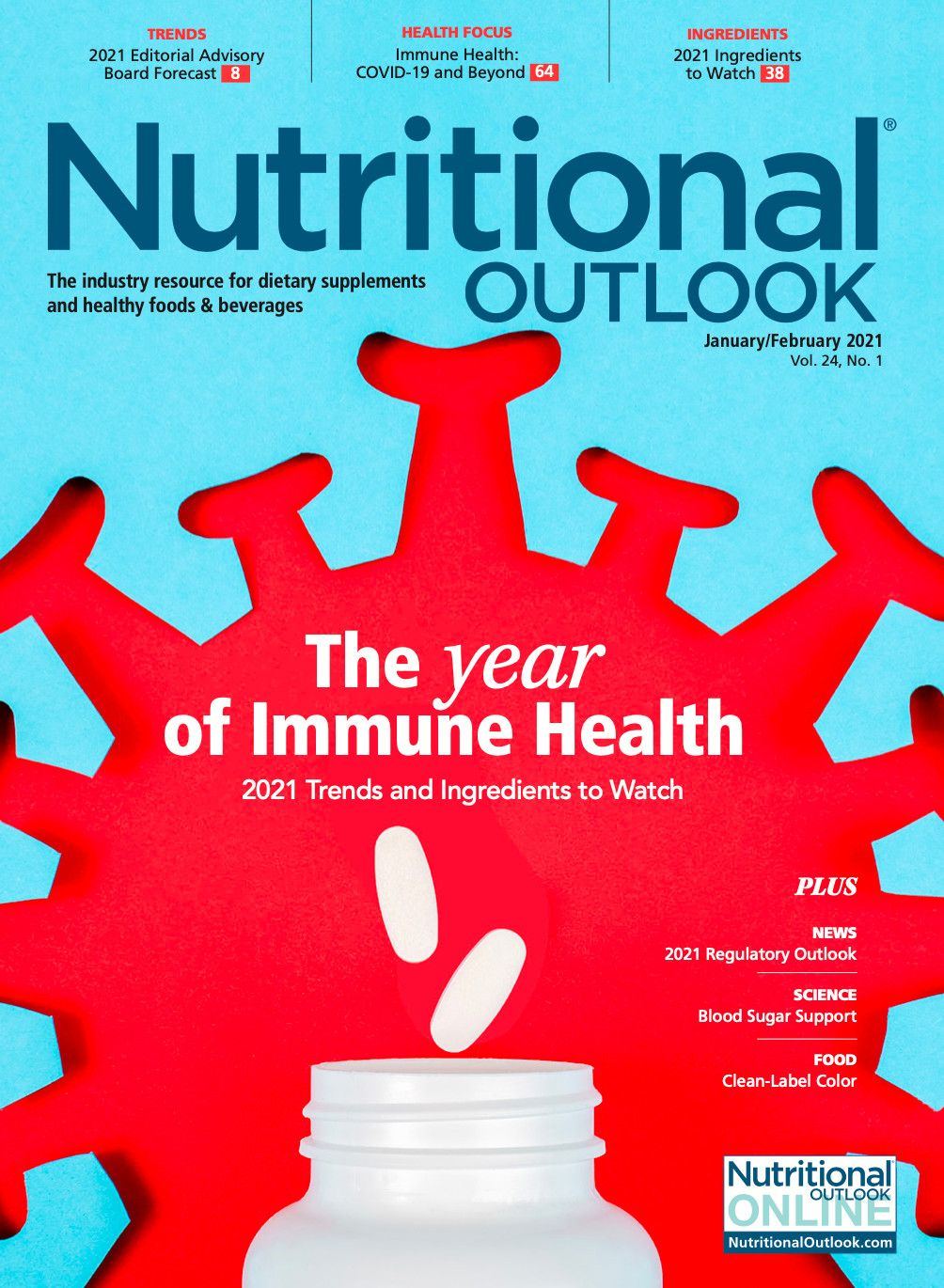
Prinova acquires Aplinova to further increase its footprint in Latin America
April 7th 2025Prinova has recently announced the acquisition of Brazilian ingredients distributor Aplinova, which is a provider of specialty ingredients for a range of market segments that include food, beverage, supplements, and personal care.






